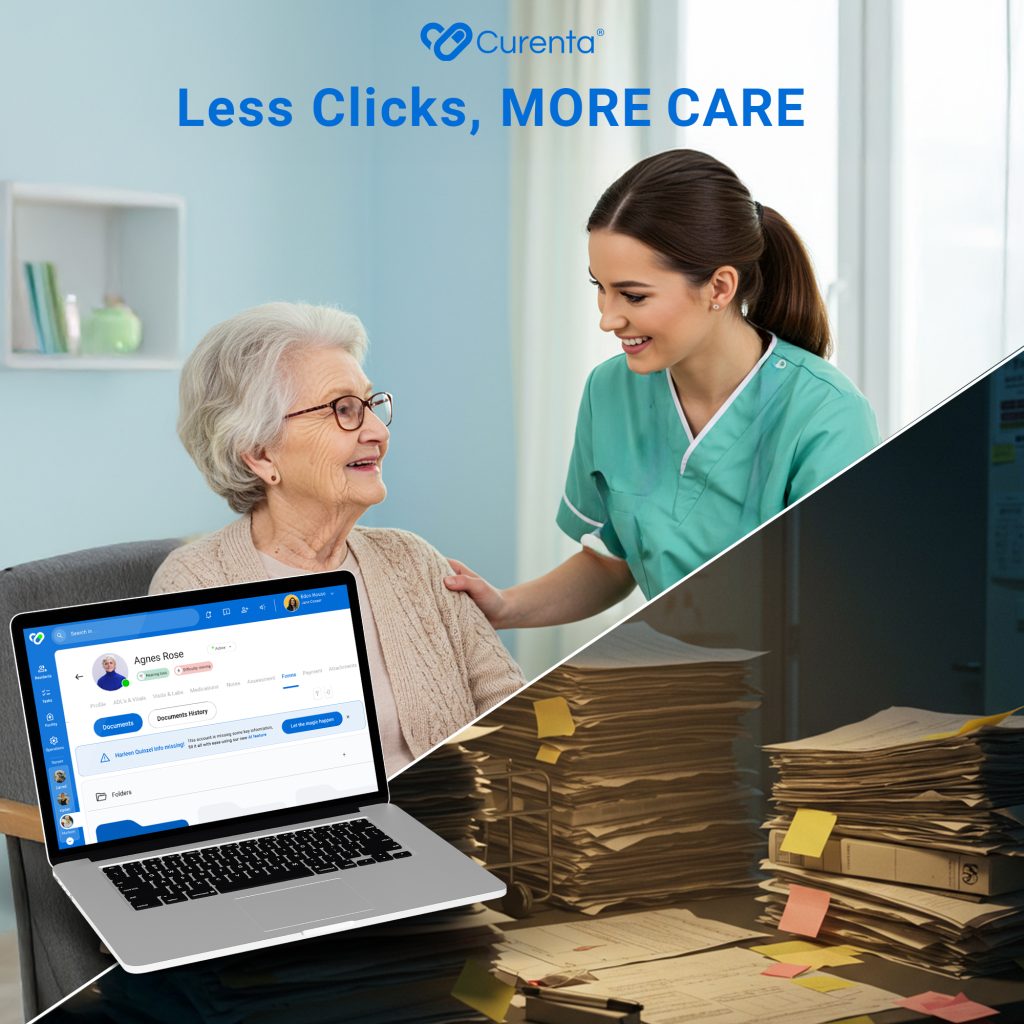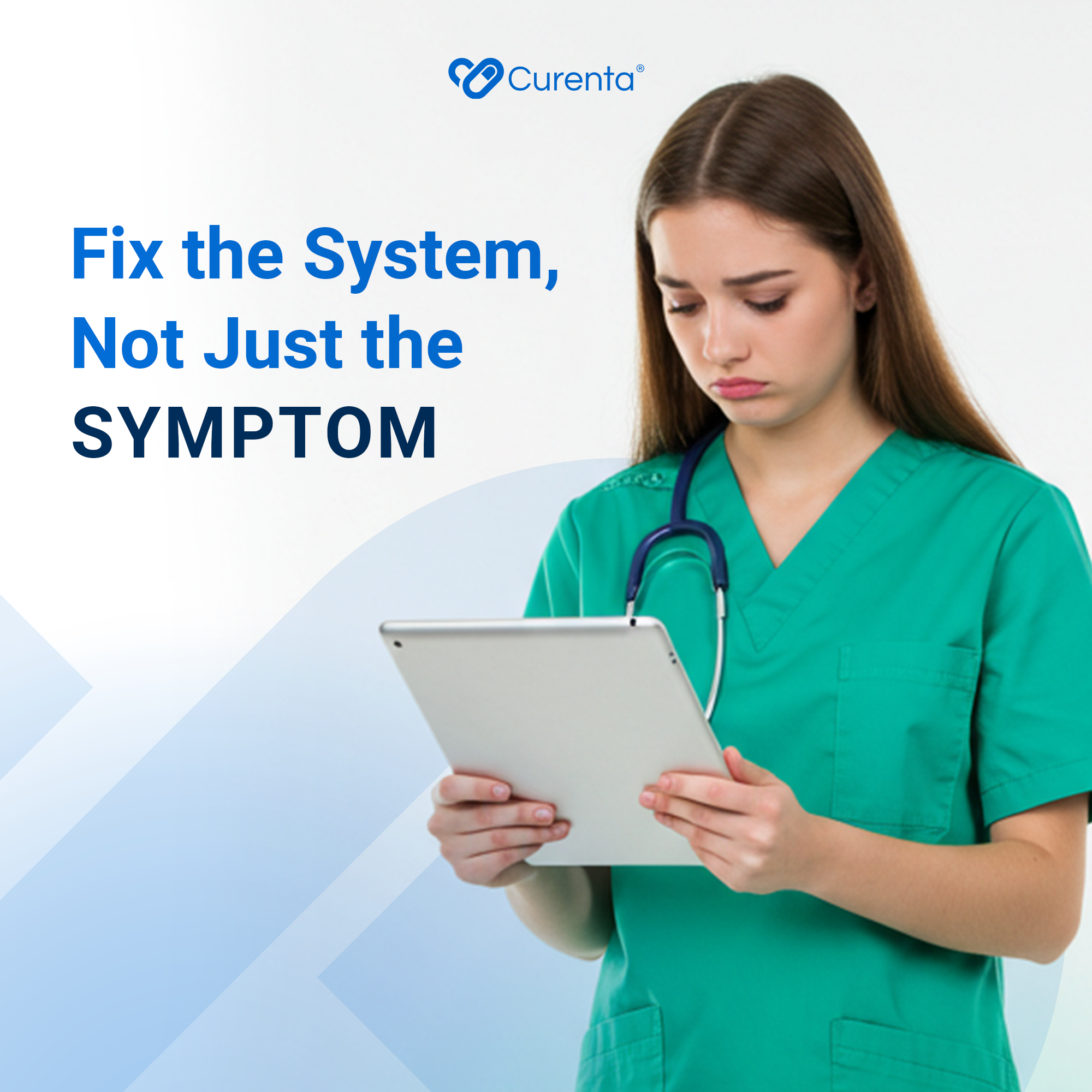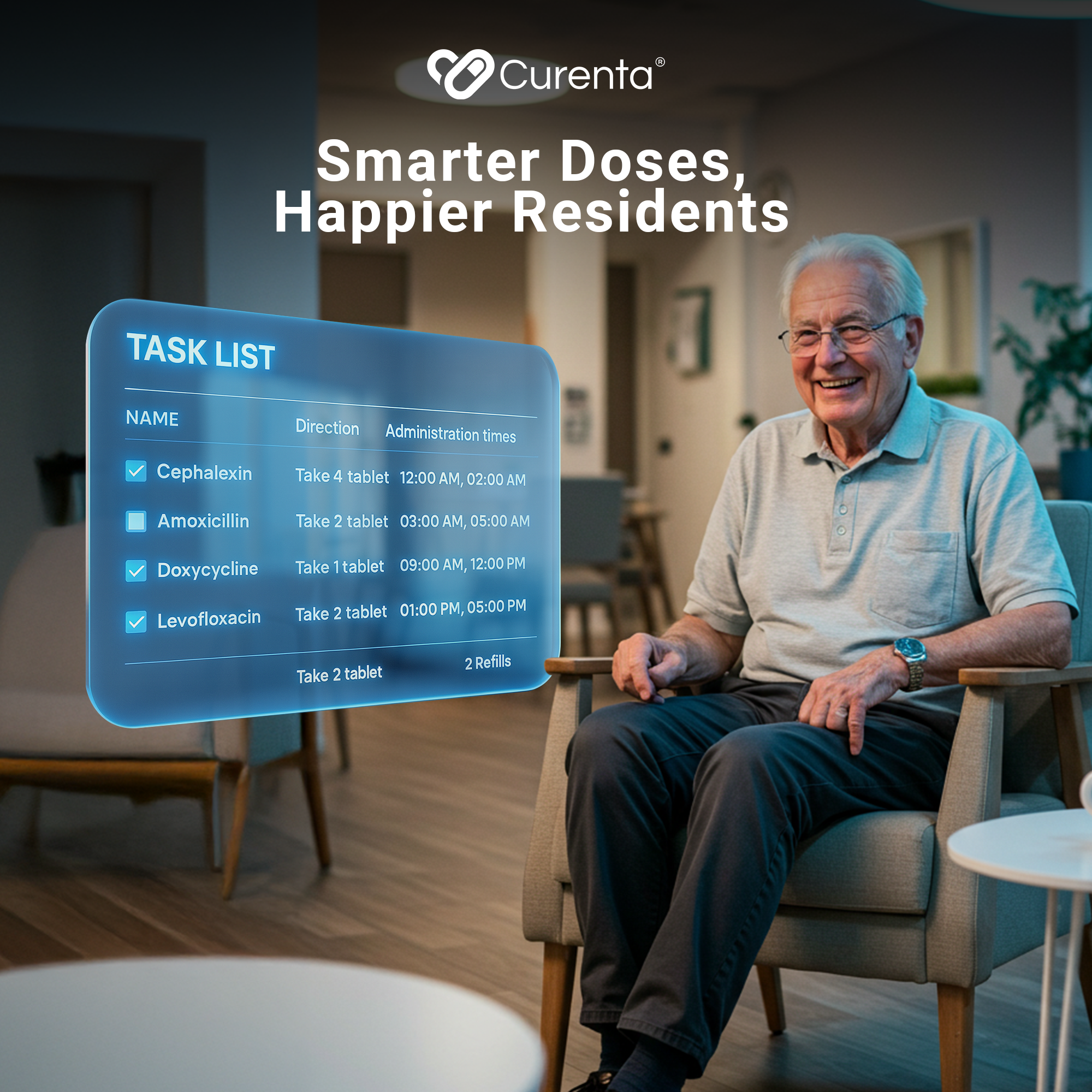Introduction
Assisted living teams have a lot on their plate. Between managing medications, fielding
questions from families, and making sure every resident gets the attention they deserve, it’
easy to feel like there just aren’t enough hours in the day. And while software is supposed to
make things easier, too often it ends up adding to the mess, making even simple tasks drag out
longer than they should.
So here’s the real question: what software features are actually helpful for assisted living
staff—the ones that really free up time, cut down errors, and help your team stay focused on
care instead of screens? Let’s talk about that. Whether you're running a small home or
managing a larger facility, having the right tools in place can mean the difference between
chaos and clarity.
Streamlining Medication Management
Medication rounds can either move like clockwork or completely derail a shift. The more
residents you have, the more complex it gets. That’s why software should be doing a whole lot
more than just logging when a dose was given. Let’s break down what makes medication
management software actually helpful to staff who are pressed for time and working on their
feet.
Look for tools that:
– Auto-sync with pharmacy orders so meds update in real time
– Alert staff to timing issues or overdue doses right away
– Track everything without repeated clicks or double entries
– Flag inconsistencies before nurses catch them manually
– Provide clear dashboards to keep shift leads informed
These features help reduce med errors and keep residents safe, but just as important, they cut
down the time your team spends flipping between charts, phone calls, and supply rooms. For
example, a med tech shouldn’t have to guess if the pharmacy delivered the right dosage level
for a new prescription. The system should pick that up.
It’s about giving your team the confidence that nothing will fall through the cracks. When staff
can clearly see what’s done, what’s needed, and what’s missing, all from one screen, they’re
free to focus on the people in front of them, not the paperwork behind them.
Enhancing Communication And Collaboration
Communication breakdowns cause chaos. You’ve lived it. A small change in a resident's
behavior goes unreported during shift change, and suddenly the nurse on duty is trying to catch
up hours later, sometimes longer. The right software bridges these handoff gaps and
strengthens teamwork, so no one’s left in the dark.
Instead of sticky notes or group texts, integrated systems pull everything into one place. That
might mean:
– Messaging features built inside resident charts
– Task assignments visible to everyone on shift
– Shared notes or tracking logs between aides, nurses, and admins
– Alerts when something changes in a care plan
This kind of connected setup turns disconnected updates into real collaboration. You’re not
wondering if someone saw the message or if a shift lead knows a fall risk has increased.
Everyone’s looped in. That reduces rework, missed info, and frustration.
More communication doesn’t mean more noise, either. Smart systems manage the flow. Urgent
issues are flagged, minor updates can wait, and records stay clean. Less confusion equals
smoother shifts. Better care starts when the entire team moves in sync, and it’s software’s job to
make that easier, not harder.
Simplifying Documentation And Compliance
Daily notes, incident reports, care plans—documentation adds up fast. And when things get
busy, it’s usually the paperwork that piles up first. That’s where good software can completely
shift the workflow. It should make the process faster, easier to follow, and supportive of
whatever regulations your team’s juggling.
The best systems don’t just provide a place to type. They help staff stay on track. For example,
templates can guide caregivers through what they need to document during shift reports without
skipping over key items. Pre-set prompts, smart drop-downs, and auto-filled routine fields are
small tools that go a long way. They cut down on time writing while keeping everything clear and
consistent.
The real game-changer? Built-in alerts that check for compliance gaps. Say a resident has a
new diagnosis or a med change that requires charting. Your software should highlight that
update and flag what actions are needed next. That type of real-time guidance reduces the
chance of human error while helping staff hit regulatory marks with confidence.
Customizable templates matter too. No two facilities work the same way, so your software
should adjust with your team’s actual needs, not force everyone into a one-size-fits-all format.
Whether you’re managing a small staff or coordinating with multiple departments, the right setup
can keep everyone on the same page—literally.
Bottom line: documentation should support your team, not slow it down. With fewer tabs, less
repetition, and more smart guidance, staff can move through documentation with clarity, and
shift their energy back to care.
Improving Resident Information Access
Quick access to records isn’t just about convenience. It can shape how care is delivered. When
staff have to chase down a binder or wait on login access from a shared desktop, that costs
more than time. It slows response, increases confusion, and distracts focus during moments
that matter most.
Good systems make sure resident data is right there when you need it. That means all
records—meds, vitals, notes, care preferences—stored in one spot, up-to-date, and clearly
organized. Even better if it’s mobile-friendly, so caregivers on the floor can check or update info
without booking it back to the nurses' station.
Here’s what helps:
– Smart search to pull up resident files quickly
– Real-time syncing so changes reflect right away
– Offline access for areas with weak Wi-Fi
– Role-based viewing so everyone sees only what they need
– Snapshot summaries for faster shift handoffs
These tools don’t just make tech easier. They actually make people safer. Imagine a new aide
on night shift spotting a fall risk warning from a note you added only two hours ago. That kind of
visibility only works when systems keep up with the pace of care.
It’s about alignment. When systems support real-time decision-making, everyone wins. Nurses
aren’t double-checking med lists every hour. Admins aren’t recapping old updates during
morning brief. And residents know they’re top of mind, not just part of a chart.
Ready for Less Stress and More Support?
Every assisted living team deserves tools that move as fast as they do. From med management
to communication, documentation to access—each piece plays a part in creating a clear, safe,
and calm environment for your staff and residents. If your current setup is more checklist than
partner, it may be time to rethink what’s supporting your team.
You’ve got a shot to simplify what’s complicated, automate what slows you down, and keep care
running smooth even on your toughest days. Systems that guide staff instead of waiting on
them? That’s the shift. You don’t need more clicks or dashboards. You need clarity. And
confidence.
What’s the one workflow that clogs up your team the most? Let’s talk about making it easier.
Feeling ready to simplify the workflow and focus on what truly matters? Discover how Curenta
can modernize your approach with the right software for assisted living facilities. Check out our
pricing details to see how you can transform your operations efficiently and effectively. What’s
the first step you would take to streamline your team’s day? Let’s dig into the possibilities
together.


